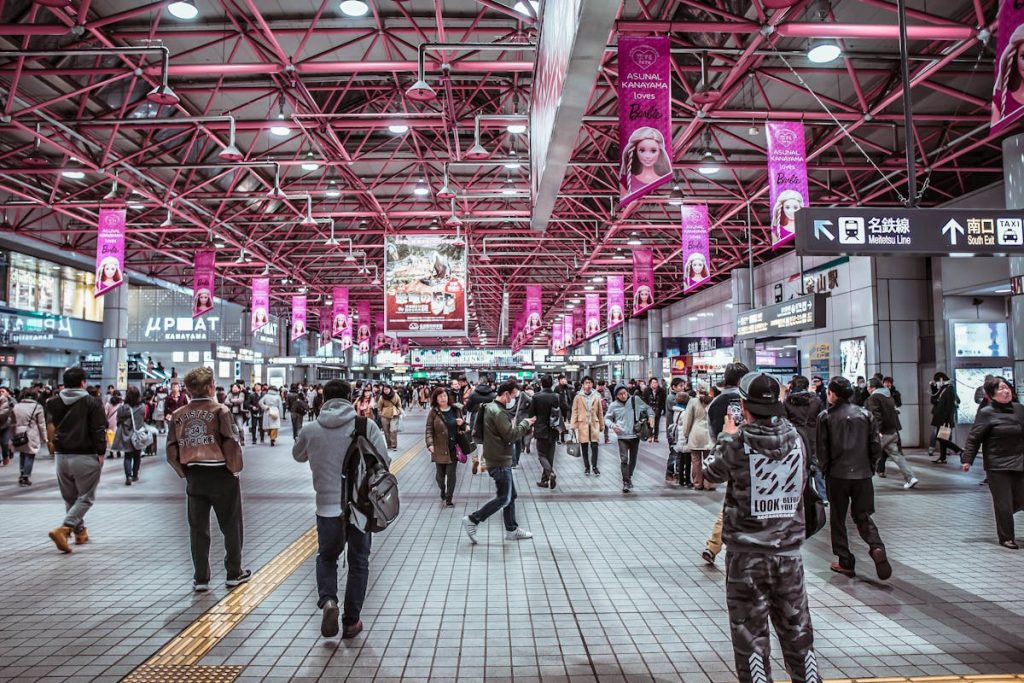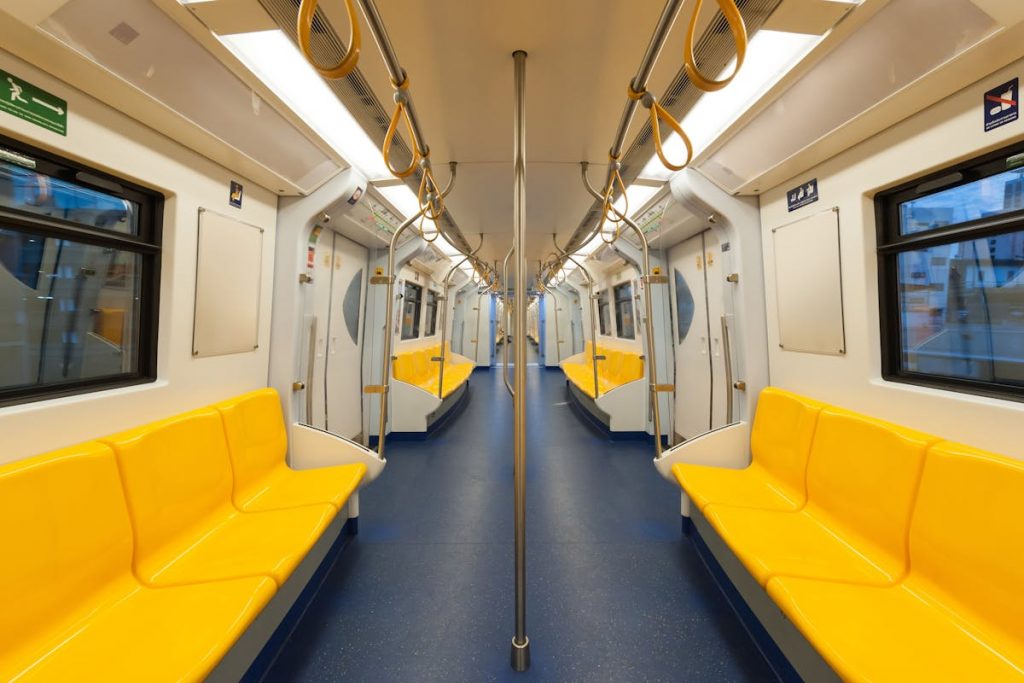- Addressing overcrowding through infrastructure expansion and commute optimization enhances the commuter experience and reduces peak-hour pressure.
- Predictive maintenance and modernization efforts are crucial for sustaining the safety and reliability of aging transit infrastructure.
- Enhancing last-mile connectivity with technological solutions and additional services improves accessibility to Singapore’s extensive public transportation network.
- Implementing fare subsidies and flexible pricing ensures the affordability of public transit, making it inclusive for all demographics.
- Prioritizing environmental sustainability through energy-efficient operations and green infrastructure development is key to reducing the sector’s carbon footprint.
Singapore’s transit sector plays a crucial role in keeping the city-state moving smoothly and efficiently. However, there are several challenges that this sector faces daily. From overcrowded trains to aging infrastructure, these obstacles can impact commuters’ daily lives. This blog post will explore five key challenges that the transit sector in Singapore faces and discuss potential solutions to address them.

Overcrowding
One of the most pressing issues in Singapore’s transit sector is overcrowding on buses and trains during peak hours. This can lead to discomfort for passengers and increased waiting times at stations. To alleviate this issue, authorities have introduced measures such as adding more train cars and increasing bus frequencies. Additionally, encouraging staggered work hours or telecommuting options could help spread out peak-hour demand.
Increase the Number of Stations
Another way to reduce overcrowding is by increasing the number of stations available for commuters. Under the leadership of Seah Moon Ming, Singapore’s mass transport system aims to expand its current count of 200 stations, as 50 new stations will be added by 2030. This SMRT expansion can efficiently move people from one place to another by reducing overcrowding.
Aging Infrastructure
Singapore’s transit system has been around for decades, and some parts of it are starting to show signs of wear and tear. This can lead to delays, breakdowns, and safety concerns for passengers. To address this challenge, ongoing maintenance and upgrading projects are essential to ensure that the infrastructure remains safe and reliable for commuters.
Predictive Maintenance Technologies
One key initiative in tackling the aging infrastructure is the implementation of predictive maintenance technologies. These advanced systems use sensors and data analytics to predict when parts of the transit system might fail before they do. This proactive approach can significantly reduce downtime and improve reliability.
Modernizing Older Rails
Additionally, the Land Transport Authority is continuously modernizing older rail lines and integrating them with newer systems, ensuring a seamless and efficient transit network that stands the test of time. Keeping the infrastructure in top condition not only enhances commuter safety but also contributes to the overall sustainability of the transit sector.
Limited Last-Mile Connectivity
While Singapore’s public transportation network is extensive, there are still gaps when it comes to last-mile connectivity. This means that some commuters may need help to reach their final destinations from bus or train stations. To improve this aspect, authorities could consider implementing more feeder bus services or expanding cycling infrastructure to make it easier for people to complete their journeys.
Leveraging Technology
Enhancing last-mile connectivity also involves leveraging technology to offer innovative solutions. One potential approach is to increase the availability and accessibility of e-scooters and bicycle-sharing programs. These options can serve as flexible links between public transit stops and final destinations, catering to those who live just beyond the reach of conventional services.
Fare Affordability
Another challenge in the transit sector is ensuring that fares remain affordable for all segments of society. With rising operating costs, there is pressure to increase ticket prices, which could disproportionately affect low-income individuals. Finding a balance between maintaining financial sustainability for operators and keeping fares accessible for commuters is crucial in addressing this issue.
Subsidies and Tiered Pricing Structures
To maintain fare affordability, the government and transit operators can explore subsidies and tiered pricing structures. By offering discounted rates for students, seniors, and low-income commuters, the system can remain inclusive while still covering operational costs. Additionally, introducing flexible pricing models, such as off-peak discounts and subscription-based passes, can encourage ridership during less congested times, balancing demand across the day. These strategies not only help keep public transit affordable but also promote its use as a practical and equitable option for all residents, ensuring that the benefits of Singapore’s advanced transit system are widely accessible.

Environmental Sustainability
As concerns about climate change grow, there is an increasing emphasis on making public transportation more environmentally friendly. Singapore has made strides in introducing electric buses and expanding its rail network to reduce reliance on cars. However, there is still room for improvement in terms of promoting sustainable modes of transport and reducing emissions from the transit sector.
Enhancing Energy Efficiency
One significant approach to boosting environmental sustainability within the transit sector is through enhancing the energy efficiency of vehicles and operations. The implementation of energy-efficient train systems and the transition to low-emission buses play a crucial role in reducing the overall carbon footprint. Additionally, investing in renewable energy sources for powering transit operations can further mitigate environmental impact, aligning with global sustainability goals.
Green Infrastructure
Developing green infrastructure around transit hubs and within the transport network can significantly contribute to environmental sustainability. This includes the integration of green spaces, such as vertical gardens and green roofs, on buildings and stations, which can help absorb CO2 emissions, reduce urban heat islands, and improve air quality. Furthermore, implementing sustainable construction practices and materials in the development of new transit infrastructure ensures that the growth of the transport network is in harmony with environmental considerations.
In conclusion, navigating the challenges of the transit sector in Singapore requires a multi-faceted approach that addresses issues such as overcrowding, aging infrastructure, last-mile connectivity, fare affordability, and environmental sustainability. By implementing targeted solutions and investing in long-term planning initiatives, authorities can create a more efficient, reliable, and sustainable public transportation system that meets the needs of all residents while enhancing the overall quality of life in the city-state.

